Introduction
The project identifies a common problem: the cumbersome nature of traditional whiteboards. It highlights the benefits of a portable virtual board system:
- Increased Portability: The system's compact size makes it easier to carry around compared to traditional whiteboards.
- Enhanced Interactivity: The LED pen allows users to write and draw on the projected virtual board, replicating the functionality of a physical whiteboard.
Project Objectives
The project outlines several goals:
- Perspective Transformation with OpenCV: Employing the OpenCV library, the system calculates a transformation matrix to account for the projected image's perspective. This ensures accurate representation on the virtual board.
- Power Law Transformation: The project implements a Power Law Transformation to enhance the visual quality of the projected virtual board content.
- LED Pen Recognition: By leveraging image thresholding, the system identifies the red color of the LED pen light, enabling tracking of its movement on the projected board.
- LED Pen as Mouse Control: The project utilizes the recognized LED pen to control the mouse cursor. It calculates the red light's contour area and moments to determine its position on the virtual board, mirroring this movement with the cursor.
Hardware Components
The system comprises four essential hardware components:
- Raspberry Pi: Acting as the brain of the system, the Raspberry Pi executes the core program responsible for all virtual board functionalities.
- DLPDLCR2000EVM DLP Light Crafter: This component projects the virtual board onto a wall or surface, displaying the content controlled by the Raspberry Pi.
Logitech C920 HD Pro Webcam: The camera captures and analyzes the projected virtual board, aiding in tasks like identifying the board's dimensions and the distance between the projector and the board.
- LED Pen: Equipped with a bright LED light and an on/off switch, the LED pen serves as the writing tool for the virtual board. The initial project iteration focuses on basic writing functionality, with potential for future expansion to include additional functions like selection and holding.
Design Considerations
The project acknowledges limitations in processing power on the Raspberry Pi. To address this, the LED light detection algorithm operates at a reduced resolution (640×640) for optimal performance. The color threshold for red light detection is set within the HSV color space to effectively isolate the LED pen's light.
The project acknowledges trade-offs between higher resolution and real-time performance. While a higher resolution would provide more precise tracking, it could introduce lag during writing or drawing. OpenCV handles all image processing tasks. Pyautogui is used to mimic mouse movements and operations based on the LED pen's position.

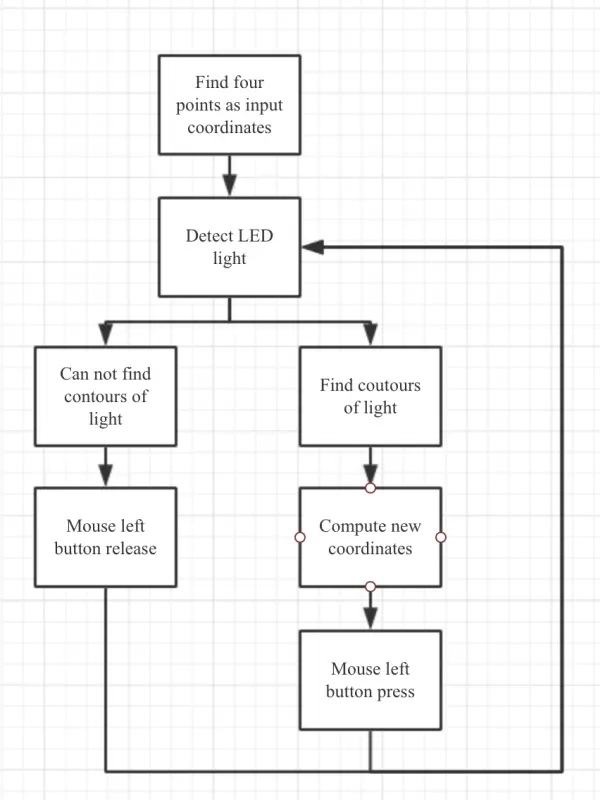
Overall Workflow
The commentary includes a workflow chart (Figure 1) that visually depicts the system's operation. The camera captures the projected image, which is then processed using OpenCV to identify the LED pen's red light. Based on the detected position, the system translates it into mouse movements, effectively mimicking writing or drawing actions on the virtual board.
Results
The project mentions testing the software and hardware components within a classroom environment, adjusting lighting conditions to simulate real-world scenarios (Figure 2). These tests validate the system's functionality in a practical setting.
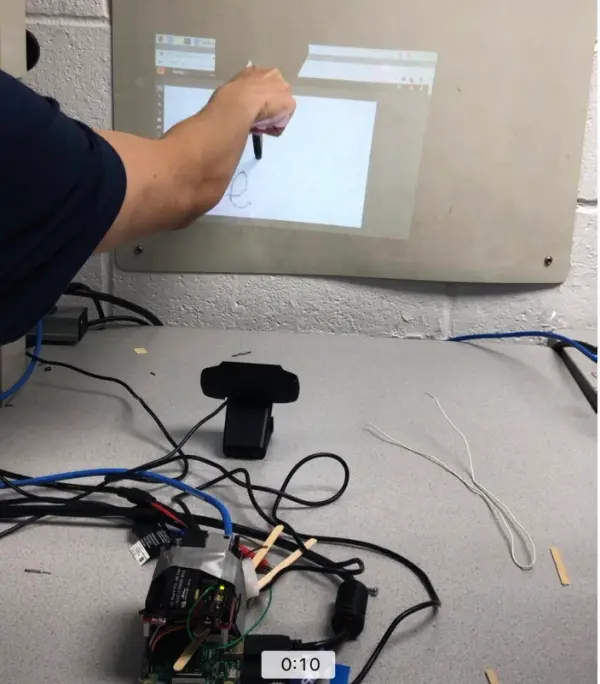
Possible Improvements
The project identifies areas for further development:
- Alternative Writing Tool: While the LED pen functions adequately, a laser pen could offer a more natural writing experience. However, this would require a more sophisticated algorithm to capture the smaller laser dot on the projected surface.
- Algorithm Optimization: The project acknowledges the potential for computational optimization. This could involve streamlining the existing algorithm or offloading processing tasks to the cloud.
- Software Optimization: Limiting the active drawing area on the screen is a potential optimization. Since users don't necessarily require the entire screen for writing and drawing, this could improve performance.
Conclusion
This project presents a promising solution for the limitations of traditional whiteboards. The portable virtual board system, built with a Raspberry Pi, a DLP Light Crafter display, and a camera, offers portability and interactivity. While the project acknowledges areas for improvement, it demonstrates a functional prototype with the potential to revolutionize presentations and collaborative sessions.
Raspberry Pi Wiring
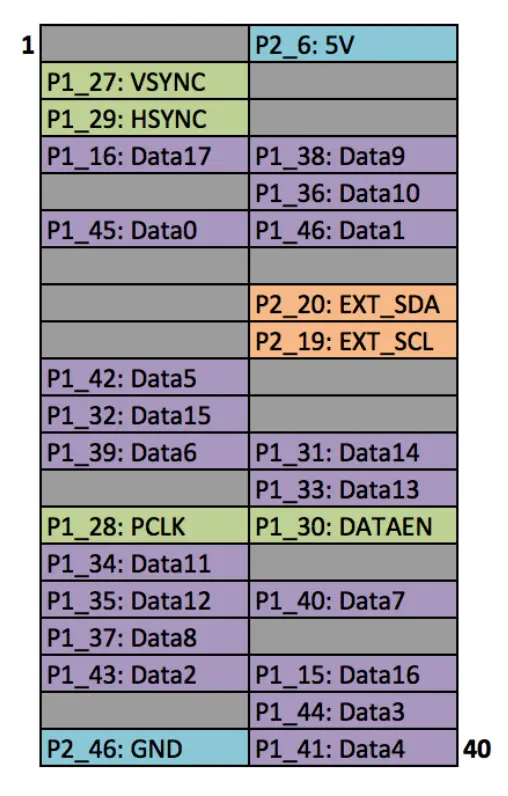
Follow this link for complete project: Projected Virtual Board using Raspberry PI


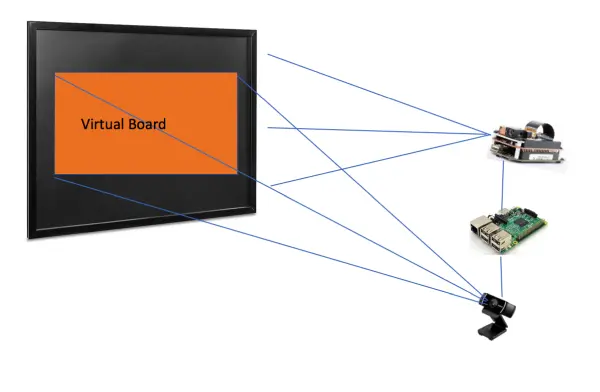
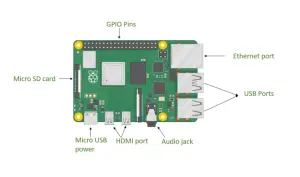
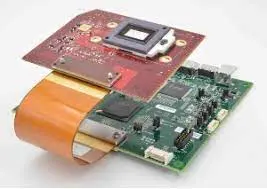 Logitech C920 HD Pro Webcam: The camera captures and analyzes the projected virtual board, aiding in tasks like identifying the board's dimensions and the distance between the projector and the board.
Logitech C920 HD Pro Webcam: The camera captures and analyzes the projected virtual board, aiding in tasks like identifying the board's dimensions and the distance between the projector and the board.